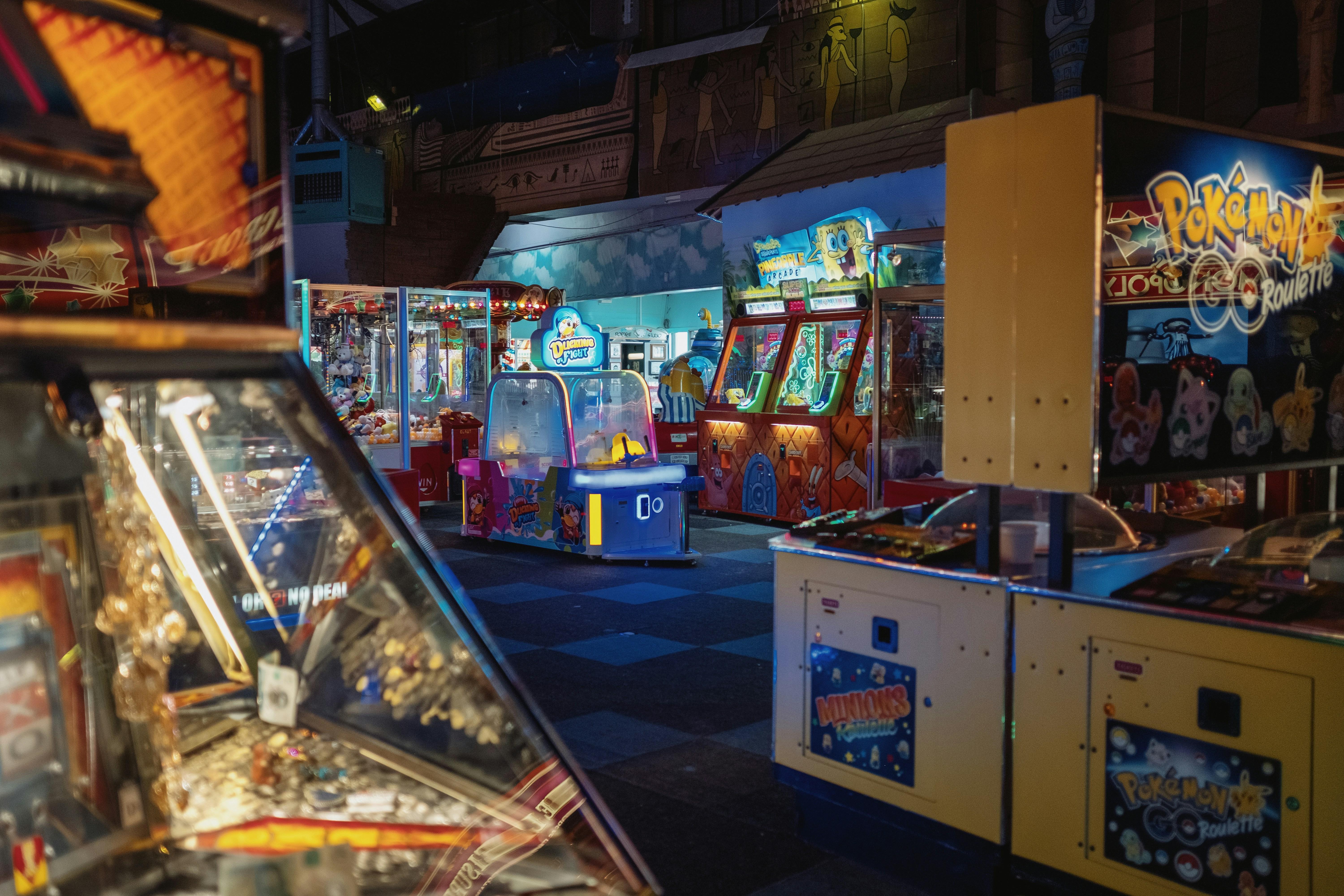In recent years, the cultural phenomenon that is “Stranger Things” has captivated audiences worldwide, not only for its gripping storyline and complex characters but also for its profound use of nostalgia. Set against the backdrop of the 1980s, the series meticulously weaves a tapestry of pop culture references, aesthetic choices, and thematic elements that resonate deeply with viewers who lived through the era, as well as those who romanticize it. This article critically examines the significance of nostalgia in “Stranger Things,” exploring how it serves as both a narrative device and a lens through which contemporary society reflects on its past. By analyzing the show’s interplay between memory and identity, we can better understand the broader implications of nostalgia in modern storytelling and its impact on the audience’s perception of both the fictional world and their own reality.
Nostalgia as a Narrative Device: Analyzing Its Role in Storytelling
In the realm of storytelling, nostalgia serves as a powerful narrative device, and nowhere is this more evident than in the popular series Stranger Things. The show effectively utilizes nostalgia not just as a backdrop but as a vital component that enhances its narrative depth. By embedding a myriad of references from the 1980s, the creators craft a familiar yet intriguing world that resonates deeply with viewers. This era-specific nostalgia is not simply a stylistic choice; it acts as a lens through which characters and audiences alike explore themes of friendship, adventure, and the loss of innocence. The use of retro technology, arcade culture, and iconic music from the decade further immerses the audience, allowing them to connect with the narrative on both an emotional and intellectual level.
Nostalgia’s role in Stranger Things is multifaceted:
- Character Development: It provides context and background, enriching character arcs and motivations.
- Plot Progression: Nostalgic elements often drive the plot forward, serving as critical plot devices.
- Emotional Engagement: Evokes a sense of longing and familiarity, fostering a strong emotional connection with the audience.
By leveraging these elements, the series not only tells a compelling story but also taps into a collective cultural memory, bridging generational gaps and inviting viewers to reminisce while experiencing the narrative’s unfolding drama.

Cultural References and Their Impact on Audience Engagement
Incorporating cultural references from the 1980s, Stranger Things creates a rich tapestry that resonates deeply with audiences who grew up during that era, as well as younger viewers fascinated by its retro allure. The show skillfully weaves in elements such as iconic arcade games, classic films, and popular music tracks from bands like The Clash and The Police, invoking a sense of nostalgia that enhances viewer engagement. This deliberate nod to the past not only serves as a sentimental journey for older audiences but also as an intriguing cultural exploration for younger ones.
- Music and Soundtracks: The strategic use of 80s music acts as an auditory time machine, sparking emotional connections and making scenes more memorable.
- Visual Aesthetics: From fashion choices to set designs, the visual elements mirror the 80s aesthetic, offering an authentic backdrop that strengthens the show’s narrative.
- Pop Culture References: References to films like Ghostbusters and ET serve as Easter eggs, enhancing the viewing experience through shared cultural knowledge.
These references are more than mere nostalgia; they are a powerful tool for engagement. By tapping into shared cultural memories, the show creates a bridge between generations, fostering a community of viewers who are not only entertained but also emotionally invested.

Balancing Nostalgia with Originality: A Critical Examination
The intricate dance between nostalgia and originality in Stranger Things serves as both a homage to and a reinvention of the 1980s. The series expertly taps into the collective memory of a generation, drawing upon cultural touchstones that evoke a sense of longing for the past. However, it also raises questions about the balance between relying on nostalgia and crafting something novel. While the show pays tribute to beloved films, music, and aesthetics of the era, it risks becoming a pastiche if it leans too heavily on these references without offering fresh narratives or innovative storytelling.
To critically assess this balance, consider the following elements:
- Character Development: Does the series provide growth and depth to its characters beyond their nostalgic archetypes?
- Plot Innovation: Are there unique storylines that transcend the familiar tropes of the 1980s?
- Visual and Musical Choices: How does the use of 1980s aesthetics enhance or overshadow the show’s originality?
By examining these aspects, viewers can discern whether Stranger Things is merely a nostalgic trip or a pioneering narrative that enriches its source material with a distinct voice.

Recommendations for Future Seasons: Enhancing Nostalgic Elements
To further captivate audiences with a longing for the past, future seasons could delve deeper into the nuances of the 1980s, an era rich with cultural touchstones. Integrating iconic music tracks beyond the mainstream hits, perhaps from underground or lesser-known bands of the time, can evoke a more authentic sense of the decade. Incorporating period-specific technology not just as props but as integral elements of the storyline can also enhance the nostalgic experience. Imagine characters solving mysteries with the help of vintage computers or communicating through walkie-talkies, underscoring the era’s technological limitations and charm.
- Expand on 1980s pop culture references: Dive deeper into the subcultures of the time, like punk rock or early hip-hop.
- Focus on everyday life: Showcase more of the mundane aspects of the era, such as popular snacks, fashion trends, or television commercials.
- Highlight historical events: Subtly weave in real-world events from the 1980s that could parallel or enhance the fictional narrative.
By thoughtfully weaving these elements into the storyline, the show can strengthen its nostalgic appeal, creating a rich tapestry that resonates with both those who lived through the 80s and new generations eager to experience its essence.
